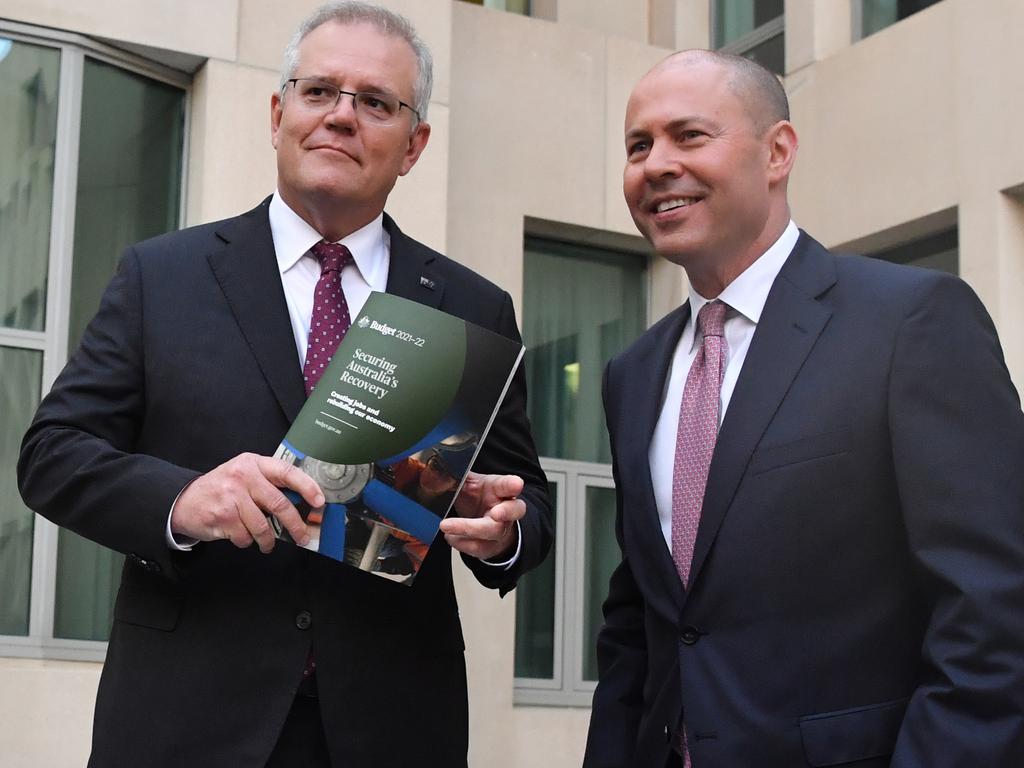Budget 2021: Injection of life into biotech industry
Domestic manufacture of mRNA vaccines was the big new feature of the COVID-19 response in this year’s federal budget.

Domestic manufacture of mRNA vaccines was the big new feature of the COVID-19 response in this year’s federal budget and, although the budgetary spend was unspecified, the investment is set to spawn a flourishing biotechnology industry that will benefit millions of Australians.
Such is the sensitive nature of the commercial deal-making with big pharma and biotechs, the quantity of money the federal government will tip in to support mRNA vaccine domestic manufacture was withheld in the budget, citing commercial-in-confidence.
But just two days after the budget was handed down, US biotech Moderna announced it had clinched a deal with the Morrison government to supply 25 million doses of its vaccine, and was in “active discussions” over manufacturing its mRNA shot in Australia.
The government did not reveal exactly how it would fund mRNA vaccine manufacture. It wants the facilities to be privately operated, but there is a range of options available to the government for subsidising the industry. It could provide free land for the plant, tip in money to construct or equip the facility, provide tax breaks, contract to purchase millions of doses of vaccine from the plant, or match the contracted company’s investments dollar for dollar.
Pharmaceutical giant CSL has been considering for months if it can pivot to mRNA vaccine manufacturing, but now a host of small to medium biotechnology companies will also be jostling for a slice of the mRNA vaccine manufacturing budget with the government formally approaching the industry for proposals.
And the upshot for ordinary Australians will be enormous. Millions of Australians are eventually likely to get an mRNA vaccine, whether it’s the Pfizer shot that is manufactured overseas, or boosters that will be manufactured onshore and may become an annual vaccination just like the flu. Many other viruses are also likely to be combated by mRNA vaccines in the future, and the technology could even one day prove the panacea for cancer prevention.
“In principle, any infectious disease is a potential target for mRNA vaccination,” says Colin Pouton, a pharmaceutical biology professor at the Monash Institute of Pharmaceutical Sciences.
University of Western Australia molecular biologist Archa Fox is part of a consortium that has been pushing the federal government for almost a year to fund mRNA vaccine manufacture.
“We do have a lot of strength in mRNA research here in Australia,” Dr Fox says. “And we could really see from very early on that this could be a great opportunity for a new branch of our biotech industry to really spring out.
“It wouldn’t be a one-horse town. I can envisage lots of small to medium enterprise companies springing up. And a really key part of stimulating that industry is to have onshore manufacturing. And not just at the very, very large scale, but also at the pilot research and development scale, so that these smaller companies can also innovate around some of those manufacturing steps.”
Funding onshore vaccine manufacture is one of the few COVID-19 budget spending items likely to generate a significant return for taxpayers in economic stimulation.
Most other budget commitments for the health response are aimed at directly protecting Australians from the virus at significant cost. The government has spent $20bn bolstering the health system since the pandemic hit and that spending continues.
This budget committed $1.9bn for distributing and administering vaccines around the country over the next five years, half a billion dollars to the states over the next two years to administer vaccines, another $300m for monitoring the vaccine rollout, and $234m for vaccine consumable products such as syringes. Paying salaries and Medicare subsidies to support general practitioners and pharmacists to deliver vaccines is costing hundreds of millions of dollars. A communications campaign to combat vaccine hesitancy is set to cost $6.7m over two years.
Ongoing COVID-19 pathology testing continues to be a significant cost, with $557m set aside for testing over the next two years.
In total, the health response to COVID-19 will cost $845m over the next two years. The five-year spend will be $1.5bn.
Universal Medicare funding of telehealth, which was introduced as a COVID-19 measure and has radically transformed the way Australians engage with the health system, has been funded for another six months at $204.6m.
Mental health impacts of the pandemic have also been significant, and the government’s funding of the Beyond Blue COVID-19 Mental Wellbeing Support Service continues at a cost of $7.1m.







To join the conversation, please log in. Don't have an account? Register
Join the conversation, you are commenting as Logout